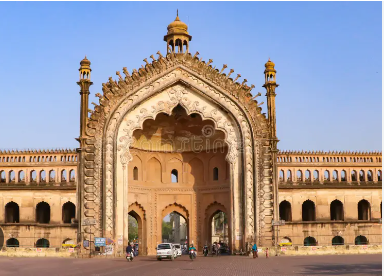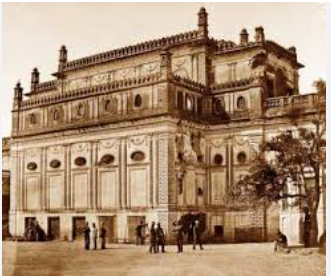South Korean researchers have developed a high power hybrid sodium-ion battery that can be charged in seconds.
|
|
Lithium battery |
Sodium battery |
|
Availability |
Limited to few countries. |
Nearly 1000 times more abundant |
|
Cost |
Expensive |
Relatively cheaper & can also be extracted from seawater |
|
Energy |
Relatively higher |
Relatively lower |
|
Performance |
Relatively higher |
Relatively lower |
|
Charging |
Slow charge rate |
Relatively faster |
|
Rechargeability |
Longer lifespan and can be recharged more times than sodium batteries |
Shorter lifespan and can be recharged lesser times than lithium batteries |
|
Operating temperature |
Lower range and cause fire at higher temperatures |
Higher range and so can be used in extreme temperatures without the risk of thermal runaway |
|
Safety |
It must be always stored with minimum charge, increasing fire risks. |
It can be stored at zero volt, making it safer. |
|
Environmental impact |
Require rare metals and minerals, thus less environment friendly |
Relatively environment friendly as they use abundant and easily available material |
|
Applications |
For portable devices and electric vehicles |
For large scale energy storage applications |
Reference
WION| Lithium-ion Batteries Vs Sodium-ion Batteries
Centre asks states to monitor, inspect organ transplants involving foreigners.
Form 21 is a key document considered by the Authorisation Committee, which approves the transplants, to show that the donor and recipients are indeed related and there is no commercial trading of organs.
Quick Facts
References
A heritage exhibition was organised on the occasion of World Heritage Day (April 18th) with the theme ‘Discover and experience diversity’ by the Lucknow circle of Archaeological Survey of India (ASI).

General Wali Kothi

References
A recent research reported that big cities in China are sinking under their weight, suffering from moderate to severe subsidence.
|
Land subsidence |
|
Reference
India Today| Big Cities of China are sinking
The 2024 edition of Global Report on Food Crisis (GRFC) was released.
Integrated Food Security Phase Classification (IPC) is a standardised scale developed by UN’s Food and Agriculture Organization for improving food security analysis and decision making.
Acute food insecurity is when a person's inability to consume adequate food puts their lives or livelihoods in immediate danger.
Reference